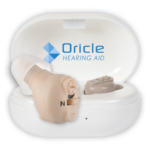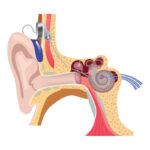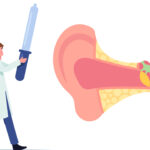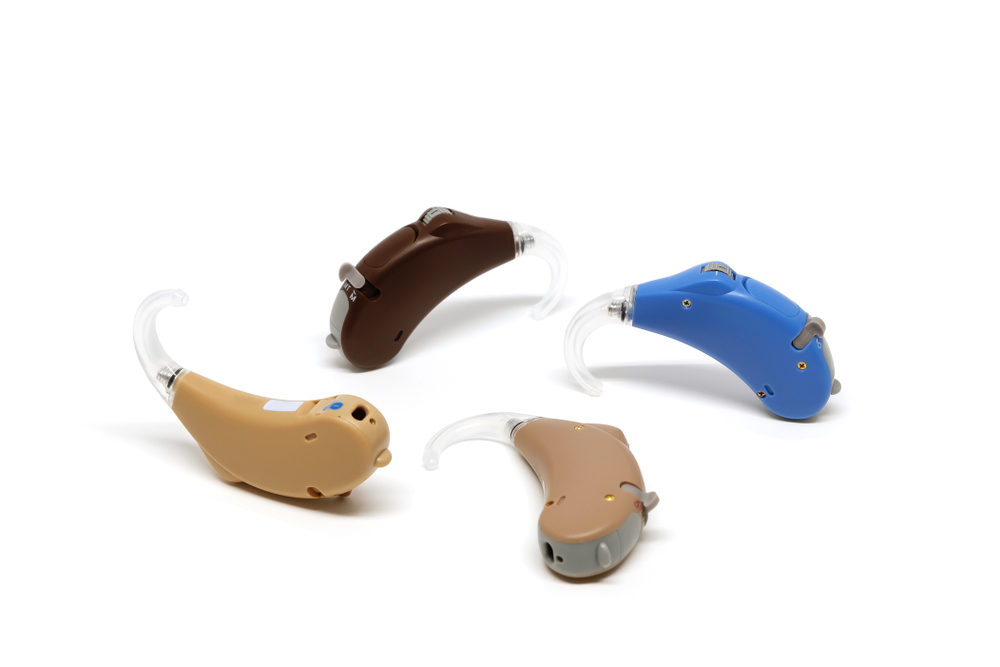Mastering Communication with Unilateral Hearing Loss: Proven Tips and Techniques
Unilateral hearing loss (UHL) is a condition in which a person has normal hearing in one ear and reduced or no hearing in the other. It can make communication challenging for both the person affected and those around them. Understanding how to communicate effectively with people with UHL is crucial for fostering inclusive environments and improving the overall quality of life for all parties involved. In this detailed, 2000-word blog post, we will explore the different ways you can effectively communicate with people with unilateral hearing loss.
Understanding Unilateral Hearing Loss
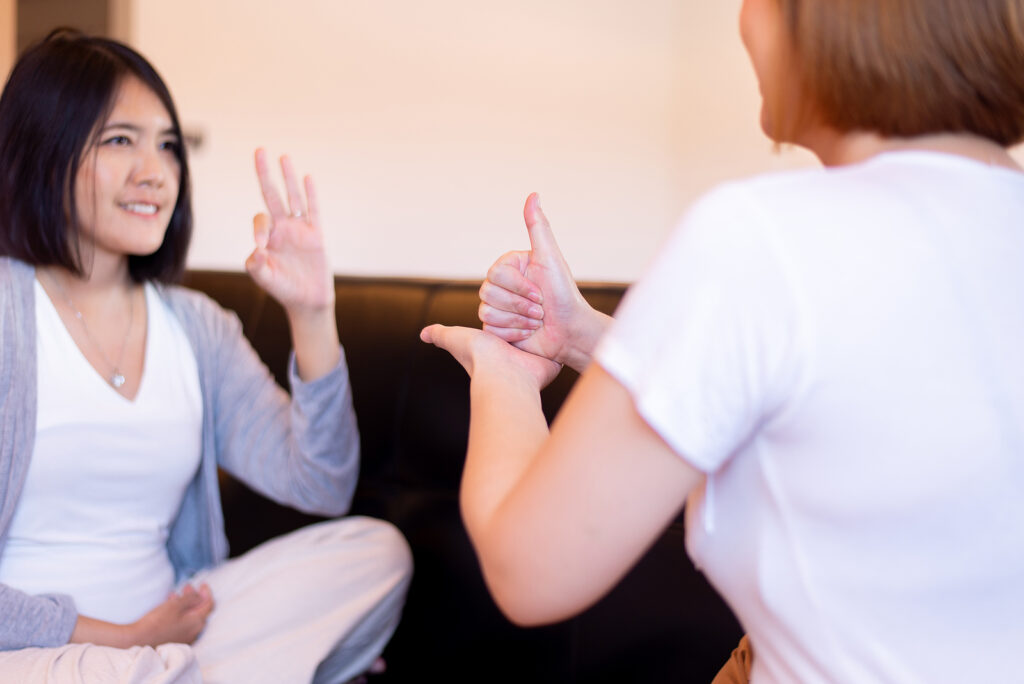
Before discussing communication strategies, it's essential to understand what unilateral hearing loss is and its impact on an individual's life. Unilateral hearing loss can be congenital (present at birth) or acquired later in life due to various factors, such as aging, exposure to loud noises, infections, or head injuries. People with UHL can experience difficulty in:
- Localizing sound sources
- Understanding speech in noisy environments
- Following conversations when multiple people are speaking
These challenges can lead to social isolation, decreased self-esteem, and reduced quality of life. By learning to communicate effectively with people with UHL, you can help minimize these negative effects.
Tips for Effective Communication with People with Unilateral Hearing Loss
Here are some practical tips for enhancing communication with people with UHL:
- Position yourself correctly: Stand or sit on the side of the person's better hearing ear to facilitate easier communication.
- Reduce background noise: Choose quiet environments for conversations and, if possible, minimize competing noises, such as music or nearby conversations.
- Get their attention: Before starting a conversation, make sure you have the person's attention by gently tapping them on the shoulder or using a visual cue.
- Speak clearly and at a moderate pace: Articulate your words clearly and avoid speaking too quickly. Refrain from shouting or over-exaggerating your speech, as this can distort the sound and make it more challenging to understand.
- Use visual cues: Gestures, facial expressions, and lip-reading can significantly aid communication. Ensure your face is well-lit and visible to the person with UHL.
- Repeat or rephrase when necessary: If the person doesn't understand something, try rephrasing your sentence or repeating it using different words.
- Be patient: Understand that communication might take more time and effort. Be patient and supportive throughout the conversation.
Assistive Listening Devices and Technologies for Unilateral Hearing Loss

Assistive listening devices (ALDs) and technologies can significantly improve communication for people with UHL. Familiarize yourself with these devices and encourage their use when appropriate:
- Personal amplification systems: These devices, such as hearing aid-compatible phones, amplify sound directly into the person's better hearing ear, improving speech understanding.
- FM systems: These systems use radio signals to transmit sound from a microphone worn by the speaker to a receiver worn by the person with UHL. This technology helps reduce background noise and improve speech understanding, particularly in challenging environments.
- Bluetooth-enabled devices: Many hearing aids and cochlear implants are now Bluetooth-compatible, allowing users to stream sound directly from smartphones, tablets, and other devices.
- Smartphone apps: Several apps are available that can assist with communication by providing real-time captions or converting speech to text.
Educate Yourself and Raise Awareness
Education and awareness are crucial for creating inclusive environments for people with unilateral hearing loss. Here are some ways you can help:
- Educate yourself: Learn about unilateral hearing loss, its challenges, and the various communication strategies and technologies available.
- Share your knowledge: Share your newfound understanding of UHL with friends, family, and coworkers. Raising awareness can lead to a more supportive and inclusive environment for people with hearing loss.
- Encourage inclusivity: Advocate for the use of assistive listening devices and technologies in public spaces, such as conference rooms, theaters, and lecture halls, to ensure people with UHL can participate fully in events and activities.
- Be a role model: Demonstrate effective communication strategies in your interactions with people with UHL, encouraging others to follow suit.
Supporting Children with Unilateral Hearing Loss
Children with UHL may face unique challenges in educational and social settings. Here are some ways to support children with unilateral hearing loss:
- Collaborate with educators: Work closely with teachers and school staff to implement appropriate accommodations, such as preferential seating, the use of FM systems, and extra support during group activities.
- Encourage self-advocacy: Teach children with UHL to express their needs and request assistance when necessary. Empower them to take an active role in their communication success.
- Foster social connections: Encourage friendships and participation in social activities, both within and outside of school settings. This can help build self-confidence and reduce feelings of isolation.
- Provide emotional support: Recognize that children with UHL may experience feelings of frustration, sadness, or anger. Be available to listen and provide emotional support as needed.
Conclusion
Effective communication with people with unilateral hearing loss is vital for promoting inclusivity, strengthening relationships, and enhancing the overall quality of life. By implementing the strategies discussed in this comprehensive guide, you can contribute to creating a more supportive and understanding environment for individuals with UHL. Remember that patience, empathy, and continued education are crucial for ensuring successful communication.
Sources
- Bagatto, M., & Scollie, S. (2013). Validation of the Parents' Evaluation of Aural/Oral Performance of Children (PEACH) Rating Scale. Journal of the American Academy of Audiology, 24(2), 121-125. https://doi.org/10.3766/jaaa.24.2.5
- Lieu, J. E. (2004). Speech-Language and Educational Consequences of Unilateral Hearing Loss in Children. Archives of Otolaryngology–Head & Neck Surgery, 130(5), 524-530. https://doi.org/10.1001/archotol.130.5.524


